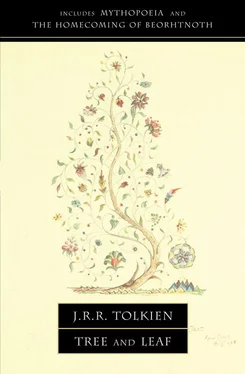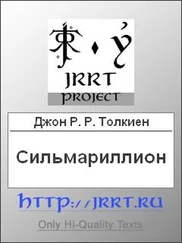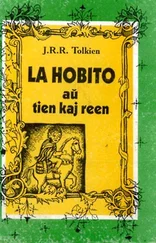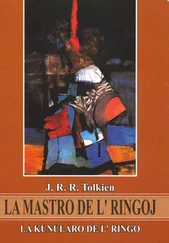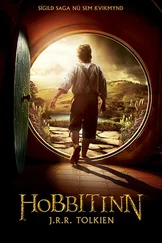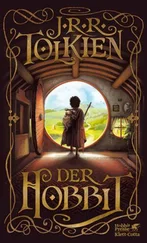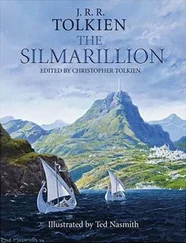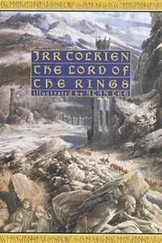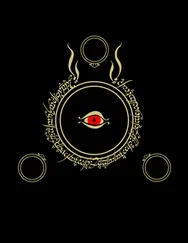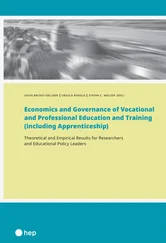Fairy-stories are not just for children, as anyone who has read Tolkien will know. In his essay On Fairy-Stories , Professor Tolkien discusses the nature of fairy-tales and fantasy and rescues the genre, on one hand, from the academics, and, on the other, from those who would relegate it to ‘juvenilia’. The third part of the book contains, as an apt and elegant illustration, one of Tolkien’s earlier short stories, Leaf by Niggle . Written in the same period (1938–9), when The Lord of the Rings was beginning to unfold itself to Tolkien, these two works show his mastery and understanding of the art of ‘sub-creation’, the power to give to fantasy ‘the inner consistency of reality’.
The poem Mythopoeia (the making of myths) is additionally published, in which the author Philomythus, ‘Lover of Myth’, confounds the opinion of Misomythus, ‘Hater of Myth’.
The Homecoming of Beorhtnoth Beorhthelm’s Son
Professor Tolkien’s dramatic poem, The Homecoming of Beorhtnoth Beorhthelm’s Son , takes up the story following the disastrous Battle of Maldon in 991, where the English Commander Beorhtnoth was killed. The night after the fight two servants of the Duke come to the battlefield to retrieve their master’s body. Searching amongst the slain they converse in unheroic terms, about the battle, their ‘needlessly noble’ master and the wastefulness of war.

J.R.R. TOLKIEN
TREE AND LEAF
MYTHOPOEIA
THE HOMECOMING OF BEORHTNOTH BEORHTHELM’S SON

CONTENTS
Title Page
Preface
On Fairy-Stories
Mythopoeia
Leaf by Niggle
The Homecoming of Beorhtnoth Beorhthelm’s Son
Footnotes
Works by J.R.R. Tolkien
Copyright
About the Publisher
The two works On Fairy-Stories and Leaf by Niggle were first brought together to form the book Tree and Leaf in 1964. In this new edition a third element is added: the poem Mythopoeia , the making of myths, in which the author Philomythus ‘Lover of Myth’ confounds the opinion of Misomythus ‘Hater of Myth’. Mythopoeia , now published for the first time, is closely related in its thought to a part of the essay On Fairy-Stories – so much so indeed that my father quoted fourteen lines from it in the essay (see here in this edition); but before saying something further about it I cite first my father’s ‘Introductory Note’ to the original edition of Tree and Leaf .
These two things, On Fairy-Stories and Leaf by Niggle , are here reprinted and issued together. They are no longer easy to obtain, but they may still be found interesting, especially by those to whom The Lord of the Rings has given pleasure. Though one is an ‘essay’ and the other a ‘story’, they are related: by the symbols of Tree and Leaf, and by both touching in different ways on what is called in the essay ‘sub-creation’. Also they were written in the same period (1938–9), when The Lord of the Rings was beginning to unroll itself and to unfold prospects of labour and exploration in yet unknown country as daunting to me as to the hobbits. At about that time we had reached Bree, and I had then no more notion than they had of what had become of Gandalf or who Strider was; and I had begun to despair of surviving to find out.
The essay was originally composed as an Andrew Lang Lecture and was in a shorter form delivered in the University of St Andrews in 1938. 1It was eventually published, with a little enlargement, as one of the items in Essays presented to Charles Williams , Oxford University Press, 1947, now out of print. It is here reproduced with only a few minor alterations.
The story was not published until 1947 ( Dublin Review ). It has not been changed since it reached manuscript form, very swiftly, one day when I awoke with it already in mind. One of its sources was a great-limbed poplar tree that I could see even lying in bed. It was suddenly lopped and mutilated by its owner, I do not know why. It is cut down now, a less barbarous punishment for any crimes it may have been accused of, such as being large and alive. I do not think it had any friends, or any mourners except myself and a pair of owls.
In the essay On Fairy-Stories , my father quoted ‘a brief passage from a letter I once wrote to a man who described myth and fairy-story as “lies”; though to do him justice he was kind enough and confused enough to call fairy-story making “Breathing a lie through Silver”’. The quoted lines begin:
‘Dear Sir,’ I said – ‘Although now long estranged
Man is not wholly lost or wholly changed.
There is no trace among the Mythopoeia manuscript material of any ‘verse epistle’ of this kind; there are seven versions of the poem extant, and none has any form of personal address – indeed, the first four texts begin ‘He looks at trees’, not ‘You look at trees’ (and the title of the earliest was ‘ Nisomythos : a long answer to short nonsense’). Since the words Although now long estranged depend on and require the preceding lines
The heart of man is not compound of lies,
but draws some wisdom from the only Wise,
and still recalls Him
and since all this passage goes back with little change to the earliest version, it is clear that the ‘letter’ was a device.
The ‘man who described myth and fairy-story as “lies”’ was C. S. Lewis. On the fifth version of Mythopoeia (that in which the opening words ‘He looks at trees’ became ‘You look at trees’) my father wrote ‘JRRT for CSL’, and again on the sixth, adding ‘Philomythus Misomytho’. To the final text he added two marginal notes, 2the first of which (against the word trees in the opening lines) refers to the ‘mental scene’ of the poem:
Trees are chosen because they are at once easily classifiable and innumerably individual; but as this may be said of other things, then I will say, because I notice them more than most other things (far more than people). In any case the mental scenic background of these lines is the Grove and Walks of Magdalen at night.
In J. R. R. Tolkien: A Biography (Allen & Unwin, 1977, pp. 146-8), Humphrey Carpenter identified this occasion that led to the writing of Mythopoeia . On the night of 19 September 1931, C. S. Lewis invited my father and Hugo Dyson to dinner in Magdalen College, and afterwards they walked in the grounds and talked, as Lewis wrote three days later to his friend Arthur Greeves, of ‘metaphor and myth – interrupted by a rush of wind which came so suddenly on the still, warm evening and sent so many leaves pattering down that we thought it was raining. We all held our breath, the other two appreciating the ecstasy of such a thing almost as you would.’ In a subsequent letter to Greeves (18 October 1931) 3Lewis recounted the ideas proposed by Dyson and my father in respect of the ‘true myth’ of the story of Christ; and both in his Biography and more fully in The Inklings (Allen & Unwin, 1978, pp. 42-5) Humphrey Carpenter has imagined the discussion of that night, drawing from Lewis’s letters and from the tenor of the argument of Mythopoeia .
Читать дальше
